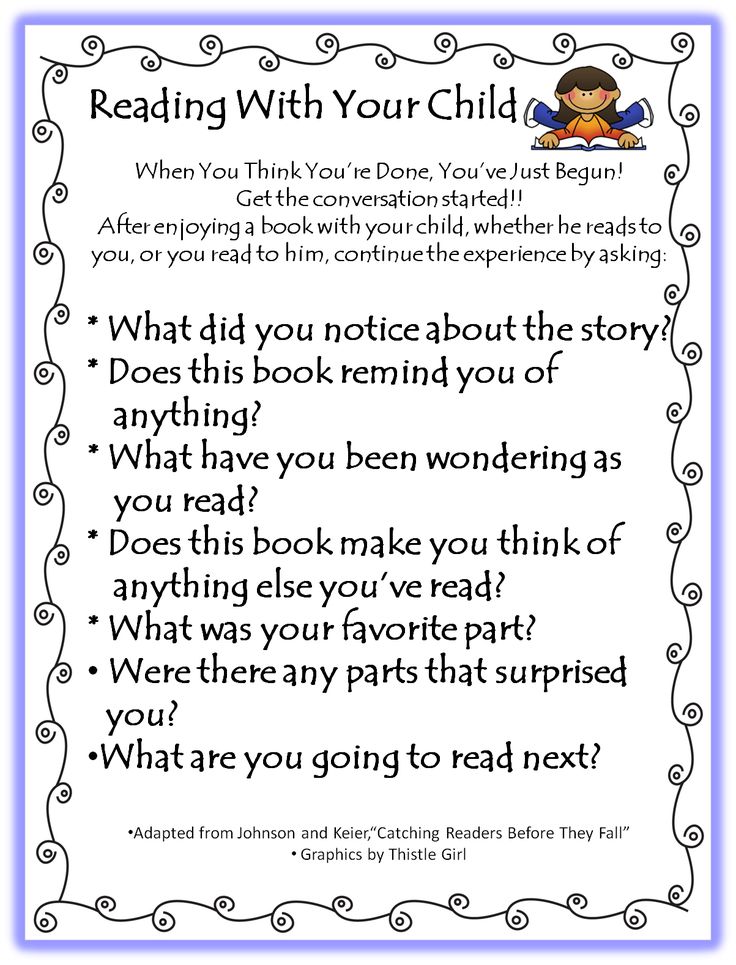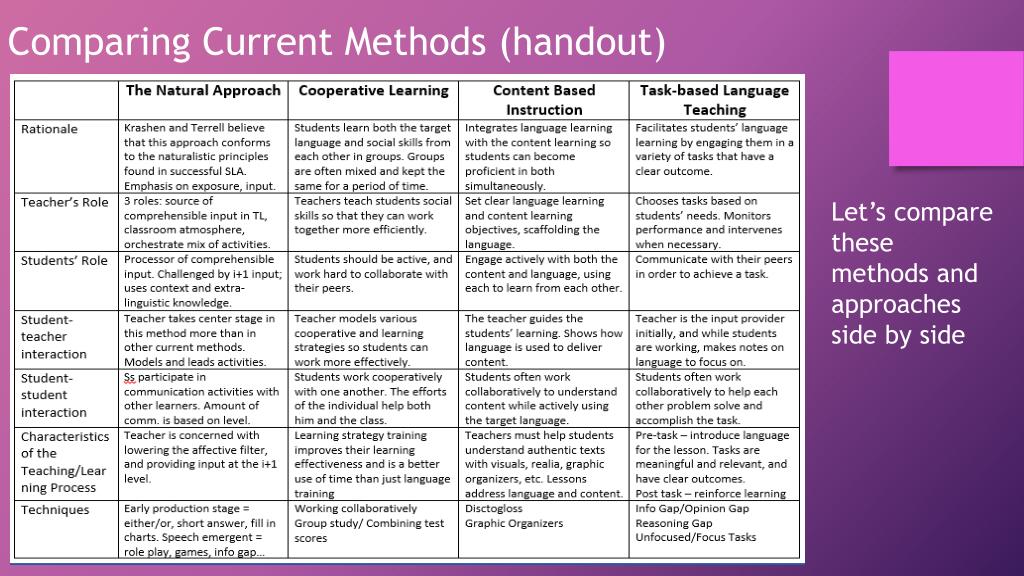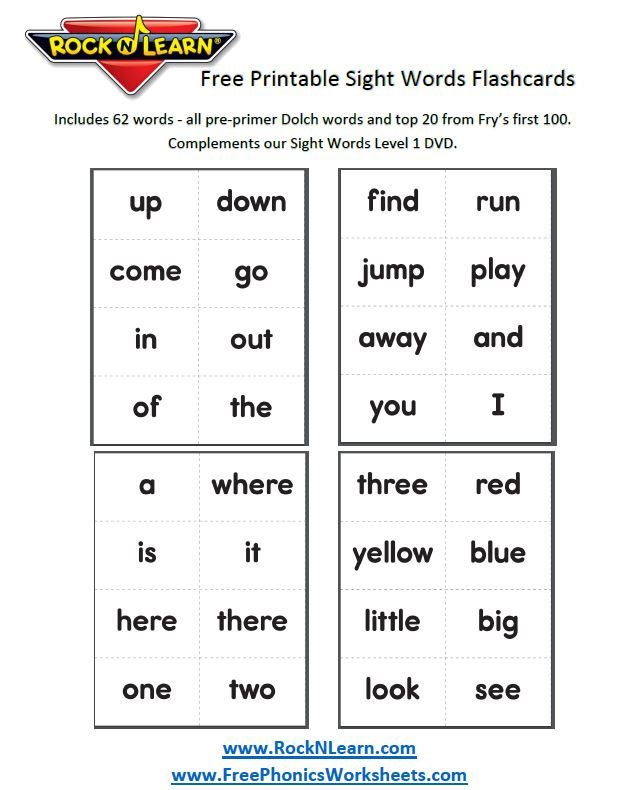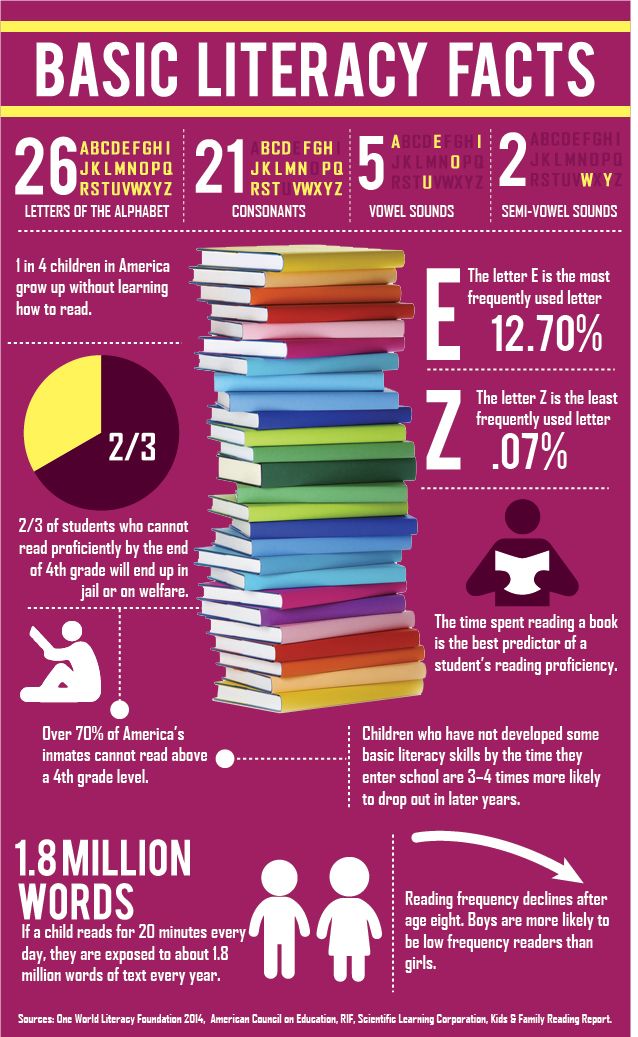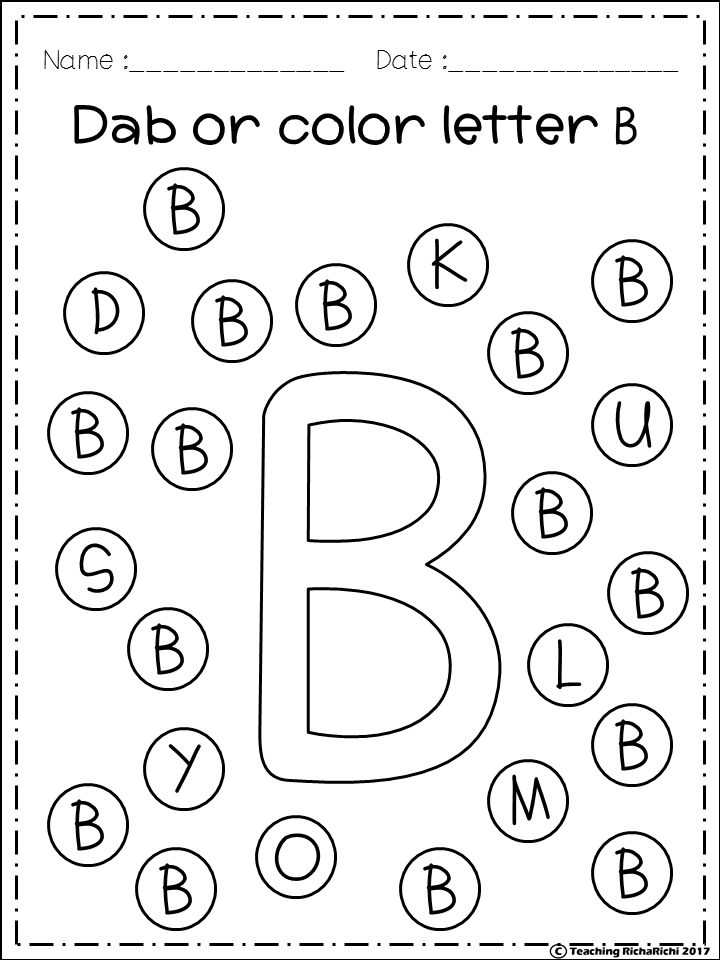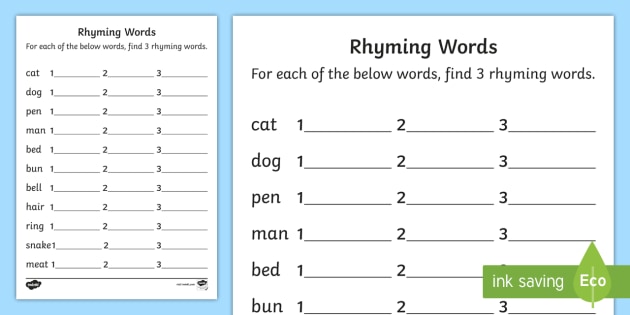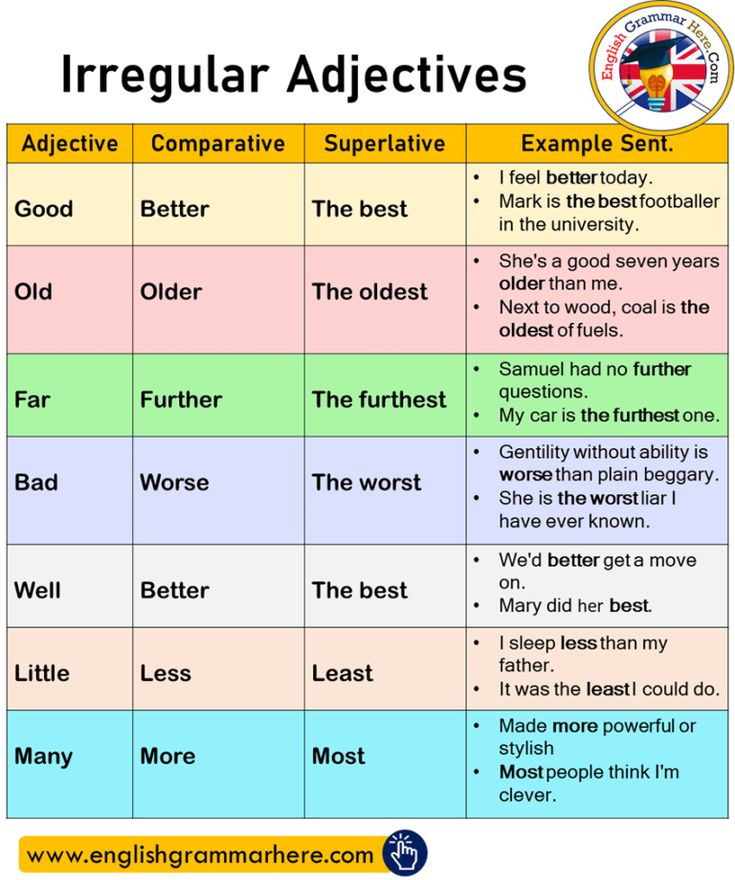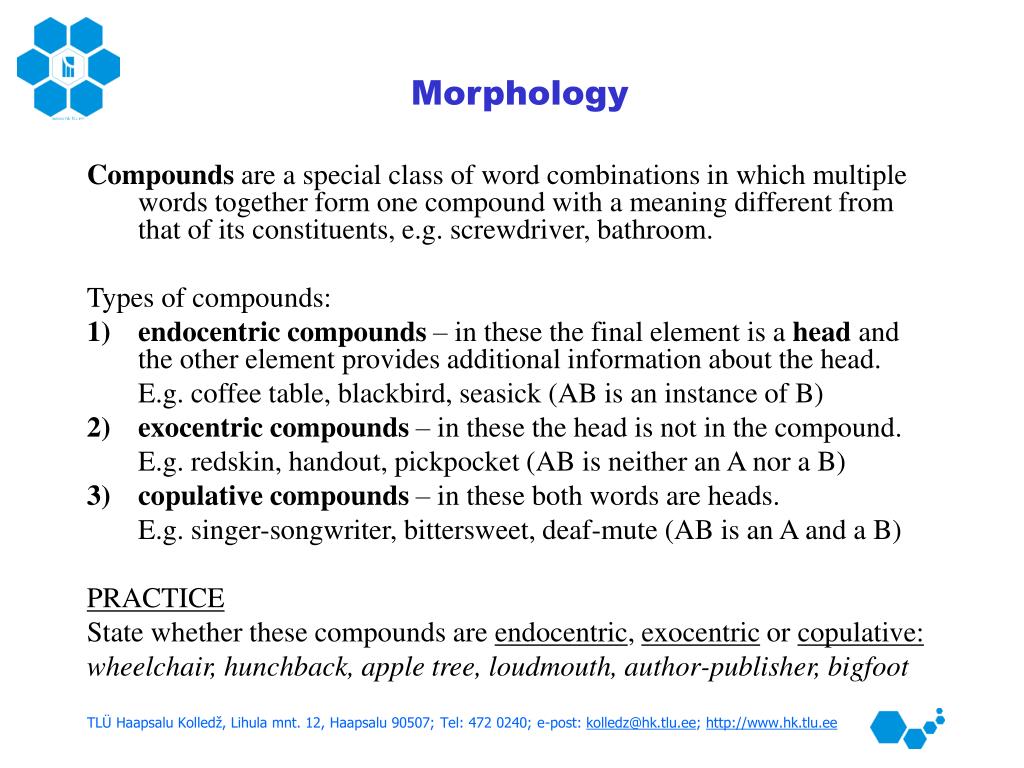When to start teaching reading
When should reading instruction begin?
Teacher question: What does research say about early literacy and when to begin? I am aware that kids may reach the stage of development where they're ready for reading at different times. What does the research say about the "window" for when a kid can learn to read? What are the consequences if they haven't started reading past that time?
Shanahan's response:
Oh, fun. The kind of question that generates strong scholarly (sounding) opinion, with no real data to go on.
The advocates on both sides will bloviate about windows of opportunity, developmentally-appropriate practice, potential harms of early or later starts, and how kids in Finland are doing.
Despite the impressive citations that show up in the Washington Post, Huffington Post, or in various blogs, the truth is that there is no definitive research on this issue.
The meager handful of supposedly direct comparisons between starting earlier versus later are so ham-handed that I’m surprised they were even published.
One example is a longitudinal study that followed kids for six years… after either a dose of academically- or play-focused preschool. The research claimed that the kids taught early ended up with lower later achievement.
That sounds horrible, until you look closely at the analysis and it becomes evident that the comparisons were questionable and the statistics specious. More of the play-group kids were retained along the way, so the final comparison — the one that finally found the difference the researcher was seeking — wasn’t between the same samples as at the beginning. The researcher’s response to this criticism suggests that the samples weren’t actually equivalent at the start either, further highlighting that this study couldn’t possibly reveal whether early teaching was helpful, hurtful, or not an issue at all.
I can provide examples going in the other direction, too. Since graduate school I have been told that young children are especially able learners and that the earlier we start teaching the better the odds that we’ll catch kids during that “portal of receptivity.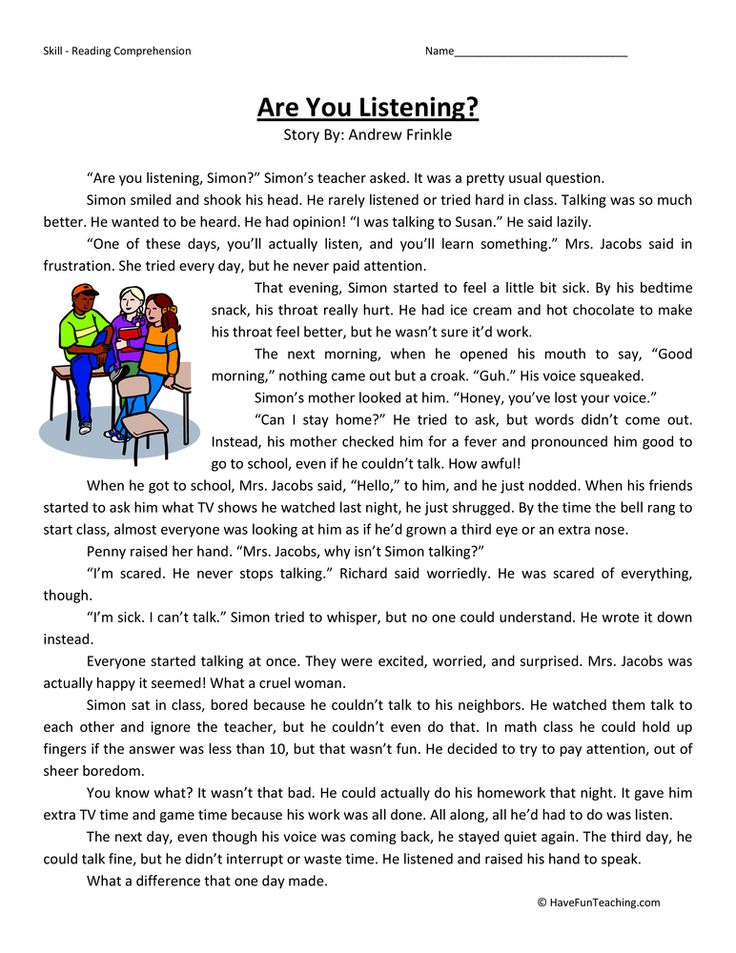 ” (See: Windows of Opportunity)
” (See: Windows of Opportunity)
The evidence behind that argument seems mainly to be based on the fact that from about 18 months to 5-years-of-age children learn an amazing amount of vocabulary; and that so-called vocabulary spurt is a real one. However, the idea that everything or even everything involving language is learned easily during those years is where the leap of faith comes in.
Reading development certainly does depend upon vocabulary, but there is much more to learning reading, and there is no convincing evidence that four-year-olds will learn to read more quickly or easily than would be the case a year or three later. Just because youngsters learn spoken words really fast, doesn’t mean that they are able to perceive the sounds within words (phonological awareness), or that they'll be able to master the names and sounds of the letters (the beginnings of decoding) especially easily.
When I argue for teaching reading to young children, my claim is not that we need to take advantage of a particularly beneficial time period when kids are most attuned to learning. (Though when I put forth such advice, I usually hear from those who, based on Finland’s educational attainment, claim that starting at 7 years old is the magic ingredient to literacy success… an argument that neglects a few other differences between Finland and the English-speaking world, including homogeneity of population, relatively high economic advantage, formidable linguistic differences, and the fact that, according to the Finnish government, most of their children learn to read prior to entering school at age 7).
(Though when I put forth such advice, I usually hear from those who, based on Finland’s educational attainment, claim that starting at 7 years old is the magic ingredient to literacy success… an argument that neglects a few other differences between Finland and the English-speaking world, including homogeneity of population, relatively high economic advantage, formidable linguistic differences, and the fact that, according to the Finnish government, most of their children learn to read prior to entering school at age 7).
English reading can be challenging so I encourage as early a start as possible (and, no, research reveals no harm in this).
Starting early increases the amount of time available for kids to learn. Often kids enter kindergarten or first-grade with the expectation that they are to learn to read that year. Spreading this expectation across 3-4 years can reduce pressure and anxiety.
This also means that it is possible to successfully teach older students to read.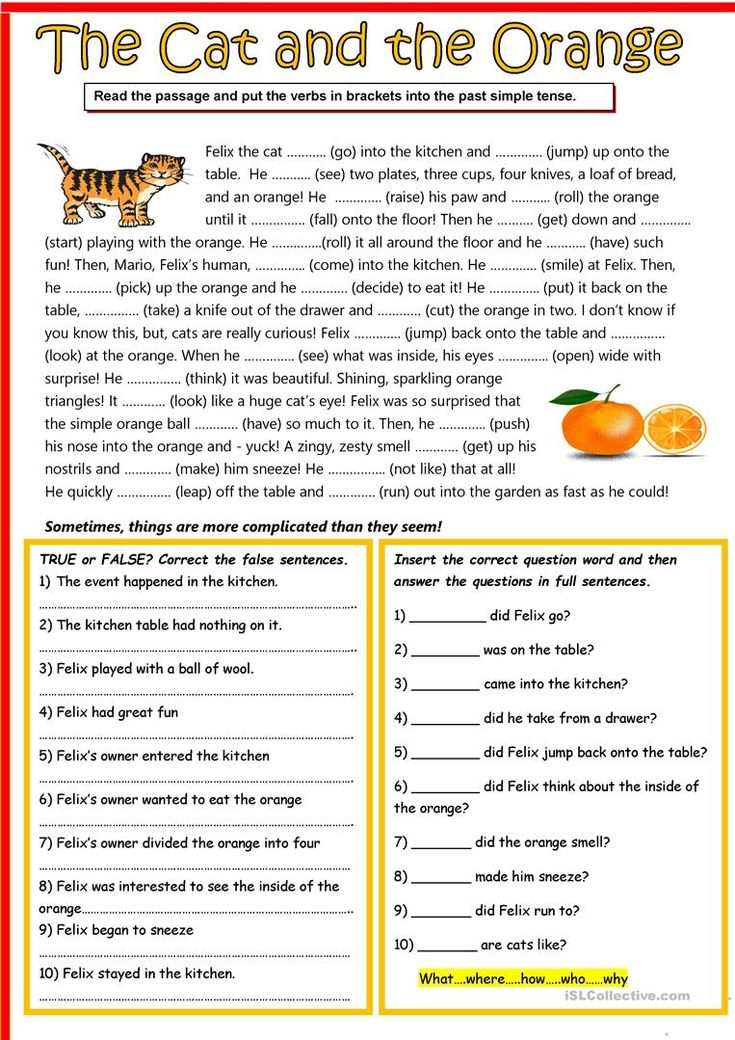 We often hear the statistics that show that early reading problems persist. But these problems don’t persist because we missed some magical window of learning opportunity, but because we are not doing the things that will allow older students to succeed.
We often hear the statistics that show that early reading problems persist. But these problems don’t persist because we missed some magical window of learning opportunity, but because we are not doing the things that will allow older students to succeed.
My advice, if you are a parent or caregiver, start introducing your children to literacy once they are born — reading to them, talking to them, singing to them, showing them how to write their names, writing down their stories, teaching the alphabet and letter sounds, playing with language sounds (e.g., “K-K-K-Katie”), and so on.
Of course, young children have brief attention spans. But that’s one of the benefits of starting so early — you can take advantage of 20 seconds here, 3 minutes there, over a long period which can make a big learning difference.
If you are a preschool, kindergarten, or first-grade teacher, begin teaching reading once you meet the children…
Give kids as long a timeline as possible and don’t worry about an optimum time to teach reading.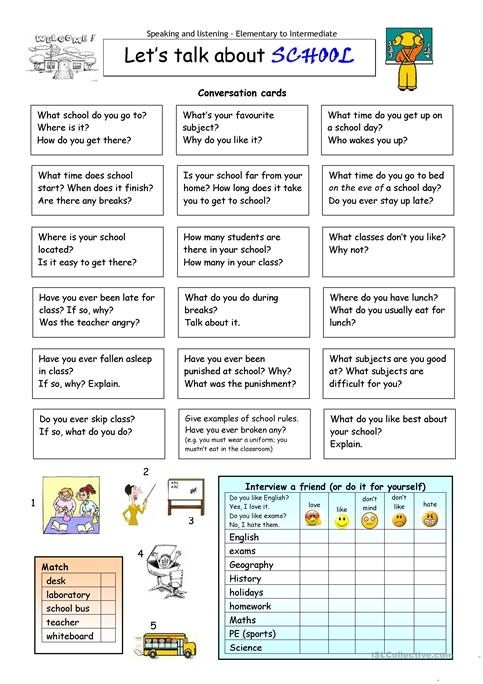 There isn’t one.
There isn’t one.
The reason for starting early isn’t to capture some magic window of neuronal plasticity, but to make the window as big as possible. If teaching early identifies a youngster who struggles to learn reading, then we will have more years to address this youngster’s needs. The later we wait, the smaller that window of opportunity. We want kids to have the maximum opportunity to learn.
We hear a lot about “developmental appropriateness” these days, and this concept is used to dismiss the early teaching of reading — "don't teach reading until it is developmentally appropriate."
If that is what you are hearing I suggest reading the National Association of Educators of Young Children’s draft policy on this matter:
“From infancy through age 8, proactively building children’s conceptual and factual knowledge, including academic vocabulary, is essential because knowledge is the primary driver of comprehension. The more children (and adults) know, the better their listening comprehension and, later, reading comprehension.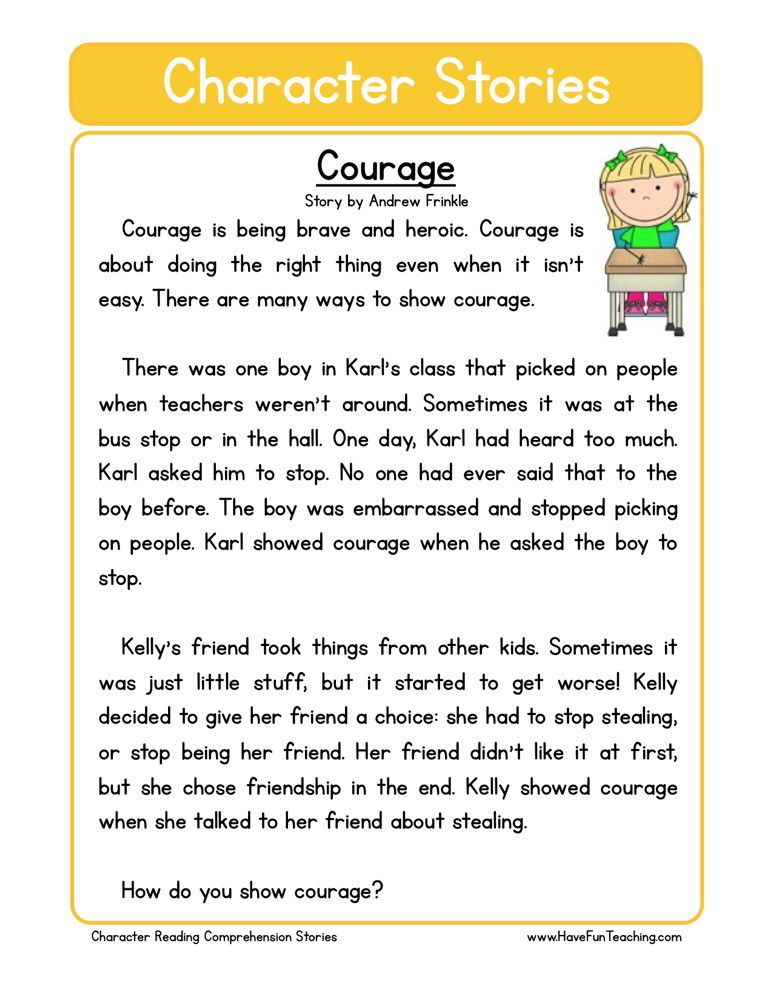 Therefore, by building knowledge of the world in early childhood, educators are laying the foundation that is critical for all future learning (How People Learn I and II). The idea that young children are not ready for academic subject matter is a misunderstanding of DAP; particularly in grades 1-3, almost all subject matter can be taught in ways that are meaningful and engaging for each child (citations).”
Therefore, by building knowledge of the world in early childhood, educators are laying the foundation that is critical for all future learning (How People Learn I and II). The idea that young children are not ready for academic subject matter is a misunderstanding of DAP; particularly in grades 1-3, almost all subject matter can be taught in ways that are meaningful and engaging for each child (citations).”
Developmental appropriateness has more to do with how we might teach something successfully than with what we teach. Keeping lessons brief and lively makes great sense with young children (and it doesn’t hurt the older ones either). Teaching phonemic awareness with songs and chants is a great idea, and it can be fun to play games built around letters and sounds. Introducing reading and writing through play areas set up like post offices, restaurants, libraries, and the like are all developmentally appropriate for the youngest of our preschoolers.
Start teaching reading from the time you have kids available to teach, and pay attention to how they respond to this instruction — both in terms of how well they are learning what you are teaching, and how happy and invested they seem to be. If you haven't started yet, don't feel guilty, just get going.
If you haven't started yet, don't feel guilty, just get going.
See comments here >
The Best Age to Start Teaching Reading | by Amy Lykosh
Classic board books to cherishParents can end up on opposite extremes of the reading spectrum. Some parents eagerly show their infants flashcards. Others start far later. Perhaps they read the book Better Late Than Early by Raymond and Dorothy Moore, or they look at the test results from Finland, where children don’t start school until age seven, yet it enjoys test scores among the best worldwide.
You can find parents who start teaching reading at any point from a few months old to eight years or so — an enormous range developmentally.
But what’s the best age?
Current research shows that the optimal time for teaching children to read is from the ages of six to eight.
Before the age of six, most children are working on other developmental milestones.
Yes, you have some children who learn to read at age three or four.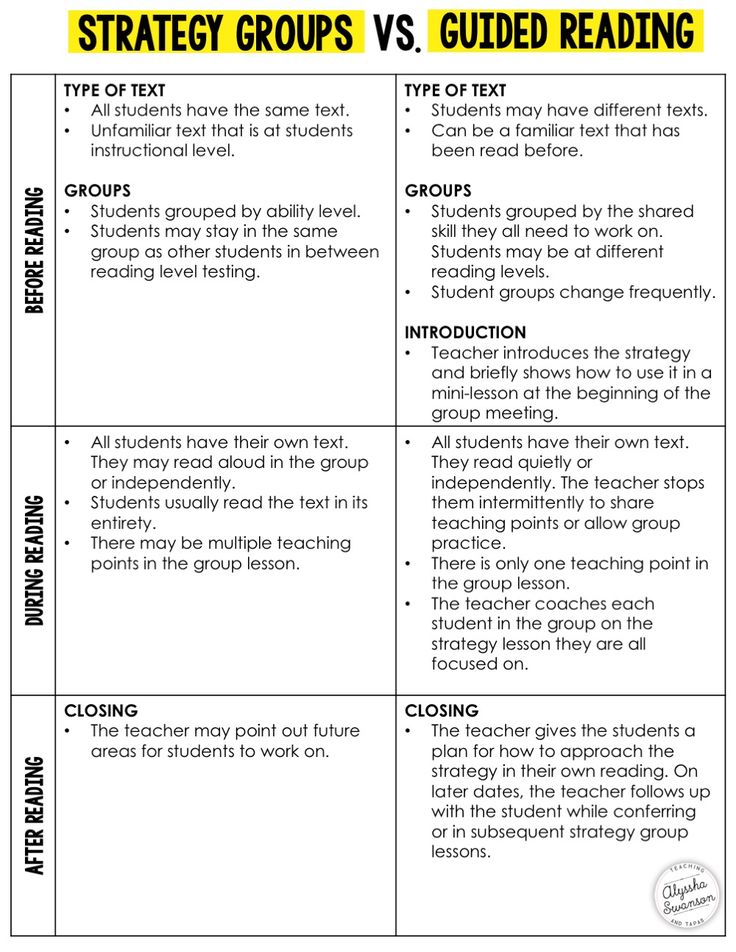
And some children are born with teeth.
Neither experience is normal.
Both those extreme early readers and those extreme early teethers are on their own developmental track. Your children are, too.
And since there is no correlation between the age of learning to read and a child’s IQ, there should be no shame — and no pride — tied up in when your children learn to read, just like (hopefully) you have no shame and no pride tied up in your children’s age at dentition. Reading and teething are both developmental processes that play out when they will.
What to Do Before Age Six
If you want to give your young children the best possible start in academics, here are two suggestions to smooth the road to reading for these younger children.
1) If you have children younger than age six, read to them. Since children need about a thousand hours of exposure to book language before they’ll be ready to read, start reading aloud as early as possible.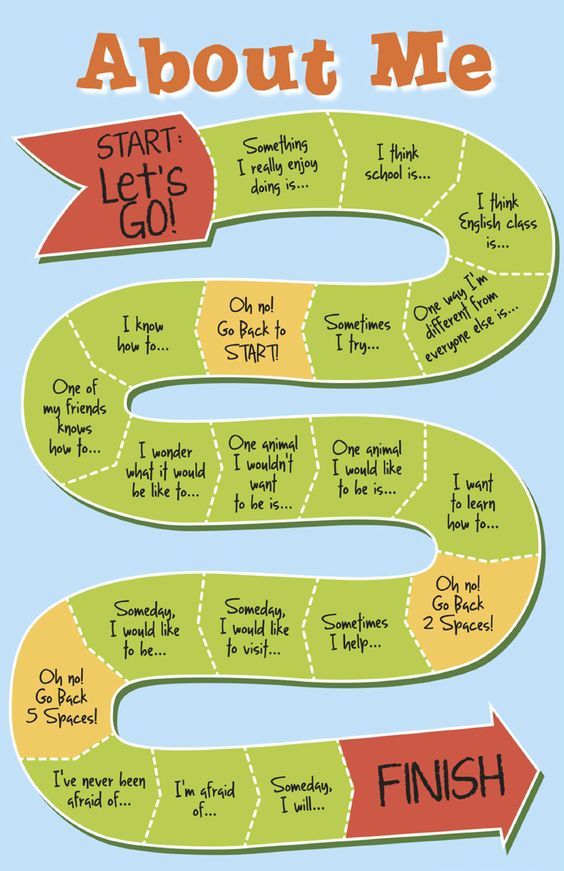 Babies fall in love with the world of great books with classic board books like Goodnight, Gorilla and Goodnight, Moon.
Babies fall in love with the world of great books with classic board books like Goodnight, Gorilla and Goodnight, Moon.
But don’t do baby flashcards — research shows that flashcards aren’t effective for learning to read anyway. And if you feel compelled to start a reading program at age three, recognize that if the concepts don’t come quickly, it would be far better to put it away for a half year. Or a year. Or two.
After listening to a thousand hours of the written word, children need a few months of initial exposure to the printed word. In fact, it takes children 18 to 20 weeks — about five months! — for the brain to orient to the written word. Different languages have different written formats: English runs left to right across the page, Chinese runs vertically, and Arabic runs right to left. Children need time to figure this out.
So it will take a few months for your beginning readers to understand about periods and basic punctuation, the direction the words run, what it means to have spaces in between words, the difference between capitals and lower case letters.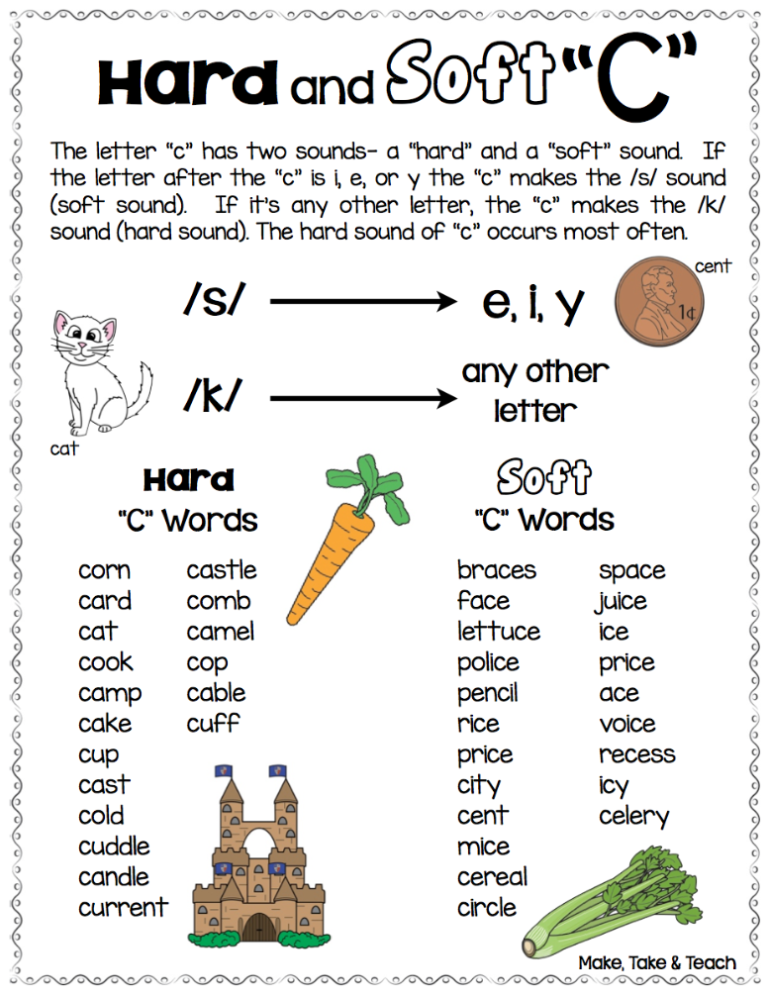
2) Introduce printing. Spend a little time on capital letters, and then focus on lower-case letters.
Many kindergarten teachers spend their entire year working on two things: they teach their students to write both capital and lower case letters, and they get in as many of the thousand hours of book language as possible.
Both the reading aloud and the printing are vital to allow first graders — and older students — to learn to read.
And Happy Cheetah includes both reading and writing — an ideal program to start around age five.
methods of teaching reading to the first grade
When to teach a child to read
There are early development studios where children are taught to read from the first years of life. However, pediatricians do not recommend rushing and advise starting learning to read no earlier than 4 years old, best of all - at 5–6. By this age, most children already distinguish sounds well, can correctly compose sentences and pronounce words.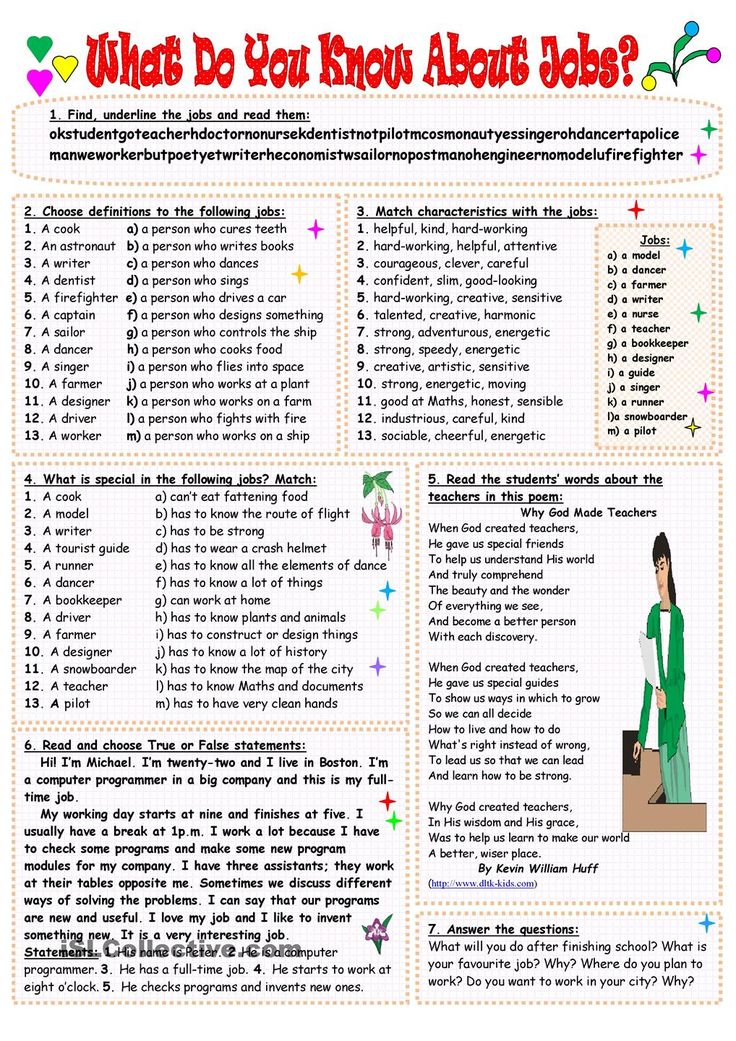 Therefore, most often parents think about how to teach their child to read, already on the eve of school. nine0005 Source: unsplash.com / @jonathanborba
Therefore, most often parents think about how to teach their child to read, already on the eve of school. nine0005 Source: unsplash.com / @jonathanborba
How to know if your child is ready to learn to read
Before you start teaching your child to read, you need to make sure that the child is ready and wants to learn. To do this, try to answer the following questions:
- Does the child know the concepts of “right-left”, “big-small”, “inside-outside”?
- Can he generalize objects according to these characteristics?
- Can he distinguish between similar and dissimilar forms?
- Is he able to remember and execute at least three instructions? nine0013
- Does he form phrases correctly?
- Does he pronounce words clearly?
- Can he retell a story he heard or experienced?
- Can he formulate his feelings and impressions?
- Can you predict the ending of a simple story?
- Does he manage to participate in the dialogue?
- Can he listen without interrupting?
- Can he rhyme words?
- Do the letters attract his attention?
- Does the child have a desire to independently look at the book? nine0013
- Does he like being read aloud to him?
If you answered “yes” to these questions, your child is ready and will soon learn to read correctly.
Methods for teaching reading
Most of the methods involve learning while playing, so that the child is not bored and learns knowledge better.
<
Zaitsev's Cubes
For more than twenty years, these cubes have been introducing children to letters and teaching how to form words and syllables. They allow you to understand how vowels and consonants, deaf and voiced sounds differ. There are 52 cubes in total, each of which depicts warehouses (combinations of a consonant and a vowel). The cubes vary in color and size, the large ones depict hard warehouses, while the small ones are soft. During classes, parents are encouraged to pronounce or sing warehouses so that the child remembers them better. nine0005 K Zaitsev's ubiki
Source: moya-lyalyas.ru
Vyacheslav Voskobovich's "towers" and "folds"
windows. You can put cubes in them to make syllables. And from several towers you can make a word.
Voskobovich's "towers"Source: catalog-chess.
 ru
ru Skladushki is a book with pictures, educational rhymes and songs. Parents sing them and in parallel show the warehouses in the pictures. The author of the methodology claims that a child of six years old can be taught to read in a month using "folds". nine0005 A page from V. Voskobovich's "folds"
Doman's cards
This method of teaching a child to read is based on memorizing whole words, from simple to more complex. First, the child masters the first 15 cards, which the parent shows him for 1-2 seconds and pronounces the words on them. Then the child tries to memorize phrases. This technique helps not only to learn more words, but also develops memory well in general.
Doman cardsSource: friendly-life.ru/kartochki-domana-dlya-samyh-malenkih
Maria Montessori's method of teaching reading
The essence of the Montessori method is that the child is first asked to feel the writing of a letter, and then pronounce it.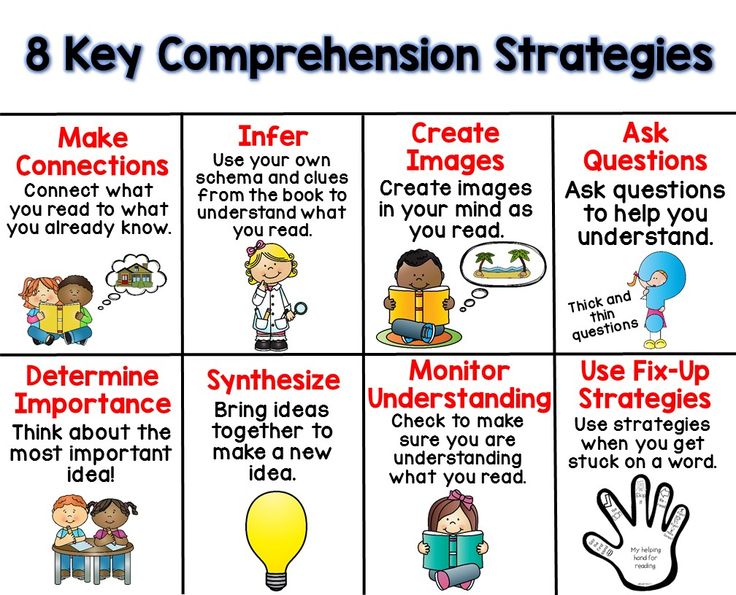 For this, didactic materials are used - cardboard plates with pasted letters, the outline of which the child traces with his finger, naming the sound. After studying consonants and vowels, you can move on to words and phrases. The Montessori method not only helps to learn to read, but also develops fine motor skills, logic, and the ability to analyze. nine0005 Montessori cards are easy to make yourself.
For this, didactic materials are used - cardboard plates with pasted letters, the outline of which the child traces with his finger, naming the sound. After studying consonants and vowels, you can move on to words and phrases. The Montessori method not only helps to learn to read, but also develops fine motor skills, logic, and the ability to analyze. nine0005 Montessori cards are easy to make yourself.
Source: hendmeid.guru
Olga Soboleva's technique
The author of this technique believes that you need to start learning not from the abstract alphabet, but immediately in practice - by analyzing simple texts. The Soboleva program allows you to teach a child to read from the age of five - at this age, children are already able to keep their attention on a line of text. Different approaches are offered depending on how it is easier for a child to perceive the world - by eye, by ear or by touch. In addition to reading skills, the technique develops interest in creativity, imagination, attention and memory.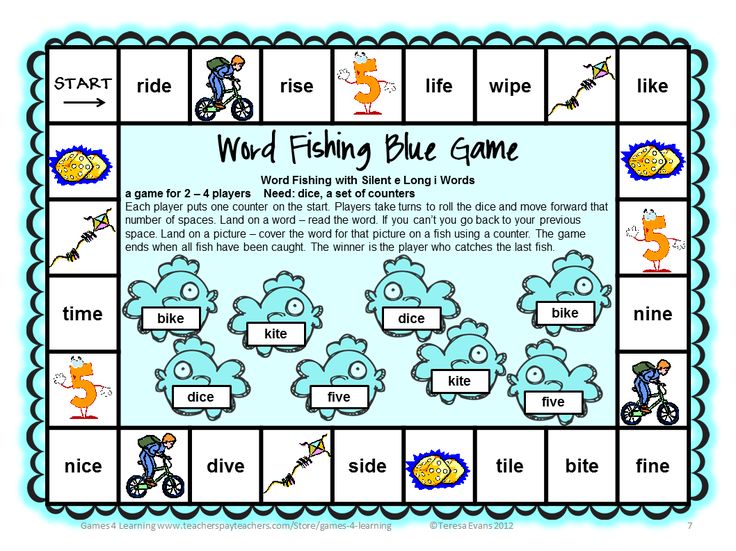 nine0005 Source: freepik.com / @gpointstudio
nine0005 Source: freepik.com / @gpointstudio
How to teach a child to read by syllables
Teaching a child to read by syllables should be done in stages. First, explain to him that sounds are vowels and consonants, deaf and voiced. Say them with the child - he must understand how they differ. Letters and sounds can be learned while walking: draw your child's attention to the letters on signs and announcements, and soon he will learn to recognize them.
When the child has mastered the letters and sounds, start teaching him to read simple words - "mom", "dad". Then move on to more complex ones - “grandmother”, “dog”, “apartment”. Show your child that syllables can be sung. nine0005 Syllabary for learning to read
Next, move on to word formation. You can cut cards with syllables and invite the child to make words out of them. When he gets comfortable, move on to reading short texts. It is better to start with two or three phrases, and a little later switch to texts of five to ten sentences.
To enroll in Foxford Online Elementary School, a child must have at least basic reading, numeracy and writing skills. To check the readiness of the child for school, we offer to pass a small test that does not require special preparation. nine0005 Source: freepik.com
Exercises for learning to read
There are many exercises on the Internet that help children learn to read, you can print them out and start learning right away. Start with exercises that teach you to recognize letters and tell correct spellings from incorrect spellings.
From O. Zhukova's manual “Learning to read. Simple Exercises.Source: mishka-knizhka.ru
When the child gets used to the letters, move on to the exercises for syllables. For example, like this:
Geometric hint exercise. For greater clarity, blocks with words can be cut out.
Such exercises not only teach reading, but also develop logical thinking well:
Gradually move on to exercises where you need not only to read correctly, but also write words:
One of the most difficult and entertaining exercises is fillords: you need to find and cross out the words on the field of letters.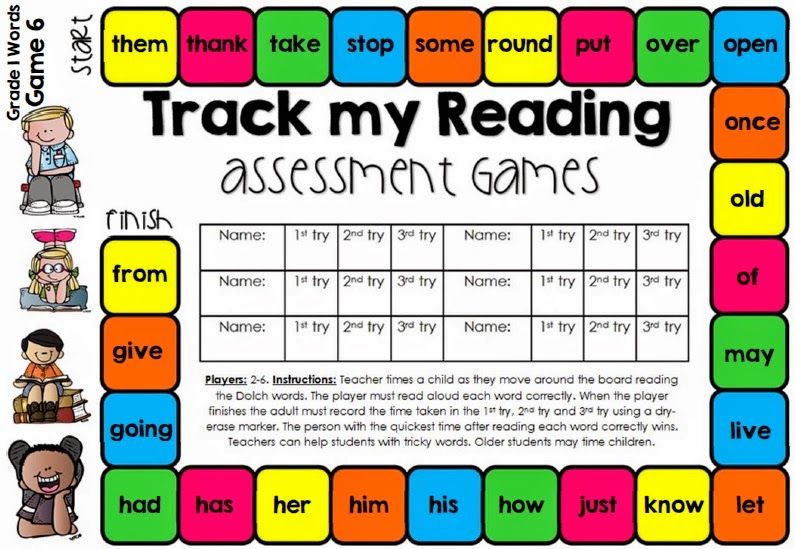
Games for learning to read
With the help of cubes or cards with letters and syllables, you can play different educational games with your child. Let's take a few examples.
Garages
Take a word of 3-4 syllables and place the cards in random order on the floor. Explain to the child how these syllables are read. These will be garages. Give the child different toys and offer to send them to the garage as you wish: for example, the car goes to the TA garage, the bear goes to the RA garage, the ball rolls to the KE garage, and so on. Make sure your child is positioning the toys correctly. At the end of the game, invite the child to make a word from garage syllables. Perhaps not the first time, but he will get a "ROCKET". Gradually introduce new syllables into the game. nine0005
<
Store
Lay out images of various goods on the table - this is a store, and you are a seller. Give your child a stack of cards with syllables - they will function as money.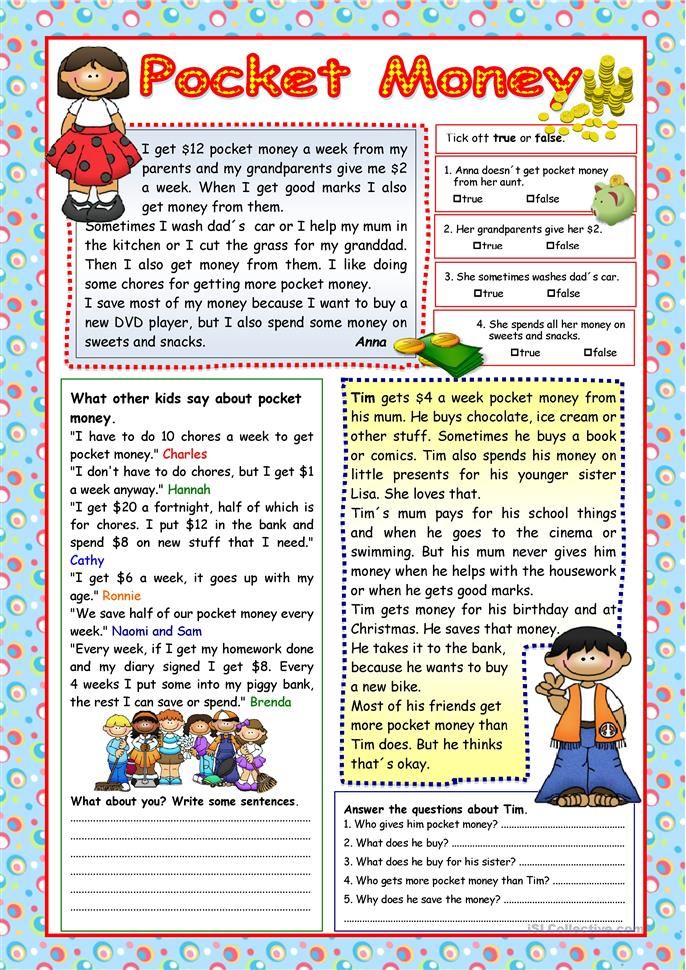 The child needs to buy all the items in the store, but each item is only sold for the syllable it starts with. For example, fish can only be bought for the syllable "RY", milk - for the syllable "MO", and so on. Give your child a few extra cards to make the task more difficult. When he gets used to it, change the conditions of the game: for example, sell goods not for the first, but for the last syllables. The game is both simple and complex: it will allow the child to understand that words are not always spelled the way they are pronounced. After all, a cow cannot be bought for the syllable "KA", for example. nine0005
The child needs to buy all the items in the store, but each item is only sold for the syllable it starts with. For example, fish can only be bought for the syllable "RY", milk - for the syllable "MO", and so on. Give your child a few extra cards to make the task more difficult. When he gets used to it, change the conditions of the game: for example, sell goods not for the first, but for the last syllables. The game is both simple and complex: it will allow the child to understand that words are not always spelled the way they are pronounced. After all, a cow cannot be bought for the syllable "KA", for example. nine0005
Lotto
Game for several people. Give the children several cards with syllables. Take out the cubes with syllables one by one from the box and announce them. Whoever has a card with such a syllable - he takes it. The first person to complete all the cards wins. During the game, children will accurately remember the syllables that they had on their hands.
Summary
Finally, a few more tips on how to teach a child to read:
- It is better to start teaching children to read by memorizing letters.
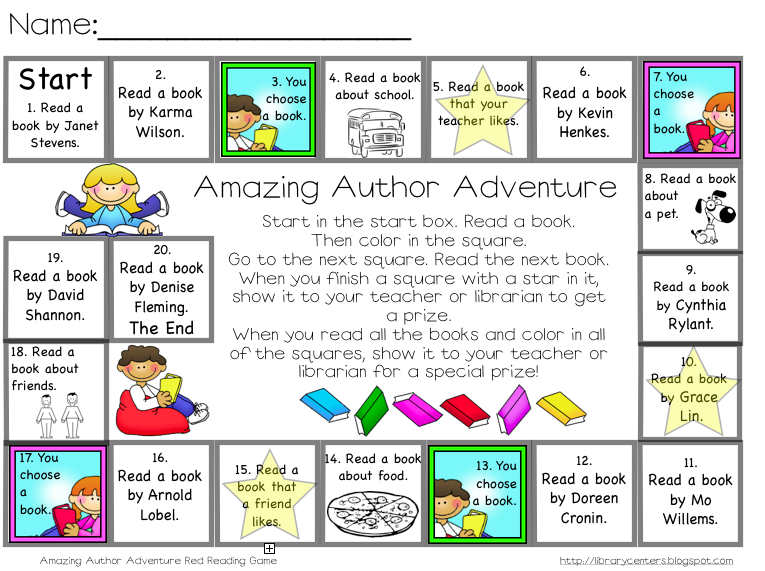 It is important that the child can recognize and name them without hesitation. nine0013
It is important that the child can recognize and name them without hesitation. nine0013 - In the early stages, pronounce the consonants as they are read in words: not [em], [el], [de], but [m], [l], [d] - this way it will be easier for the child to find his bearings.
- Sculpt letters from plasticine, draw and color, buy an alphabet with voice acting - use all the channels of the child's perception.
- Gradually build letters into syllables and then into words. Play rearranging letters and syllables, let the child experiment.
- Teach your child rhymes about the letters of the alphabet, look at the primer, use cards with letters and pictures. Thanks to the illustrations, the child will be able to memorize the symbols faster. nine0013
- Distribute the load: fifteen minutes a day is better than an hour twice a week. Alternate entertaining and serious tasks.
- You can hang signs with their names on objects in the child's room - the child will quickly learn to recognize them in texts.
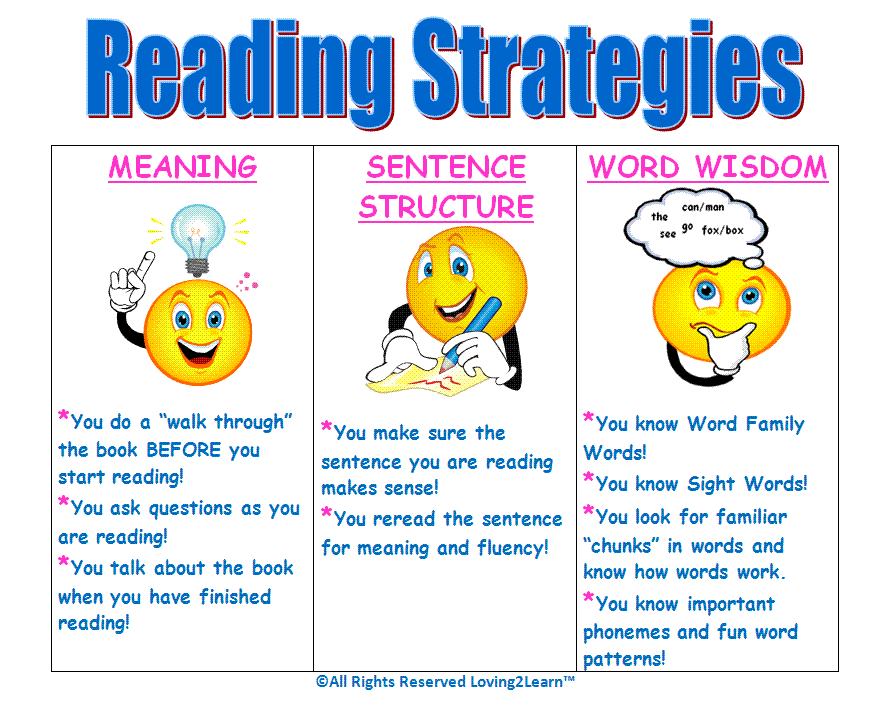
- Read aloud regularly to your child and gradually introduce them to independent reading. Every evening, offer to read at least a few lines from a well-known book on your own.
- Lead by example. For a child to want to learn to read, he must regularly see you with a book. nine0013
We hope that our recommendations will help you teach your preschooler to read. Even if your child is just learning to read, at Foxford Elementary School he will be able to improve his skills.
At what age should a child be able to read
04/01/2021
The ability to read is one of the basic social skills of a person. Without it, it is impossible to receive and transmit information, therefore this skill should be developed in every person. Modern parents strive to teach their child to read as early as possible, so that by the time they start learning, they already have some knowledge base. So when should a child start doing this? nine0005
Content:
- When we start
- Learning Too Early - Why It's Harmful
- What the experts say
- Is it possible to instill a love of reading
- Choosing a teaching method
- Are there any downsides to learning to read at home
- Some important details
When we start
Experts do not have a common opinion about teaching children to read early, and neither do parents.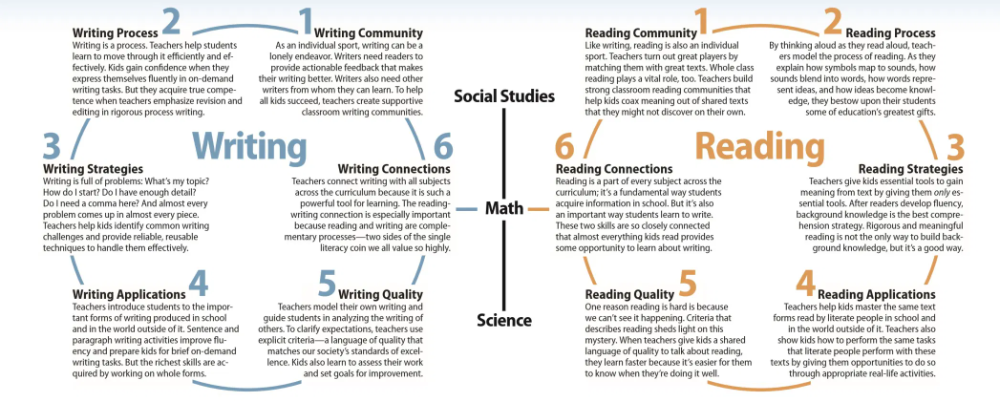 Someone thinks that a child should get basic reading skills even before entering school: this will make it easier to adapt to the educational process. Others are sure that a teacher in the 1st grade should teach a child to read, since an unnecessarily early start to school is harmful for children: let them enjoy their childhood for now. nine0005
Someone thinks that a child should get basic reading skills even before entering school: this will make it easier to adapt to the educational process. Others are sure that a teacher in the 1st grade should teach a child to read, since an unnecessarily early start to school is harmful for children: let them enjoy their childhood for now. nine0005
Learning too early - why it is harmful
The development of a child's cognitive abilities follows certain patterns, certain stages, it is undesirable to change or accelerate it, and often it is completely impossible. Until the age of five, children think figuratively - in pictures, and it is difficult for them to perceive information in the form of letters, numbers or other signs. And even having understood the general principle of reading, little students read, but they cannot understand the essence of what is written.
Learning to read early can lead to health problems:
- excessive brain tension;
- unusual blood flow to the cerebral hemispheres;
- visual strain.
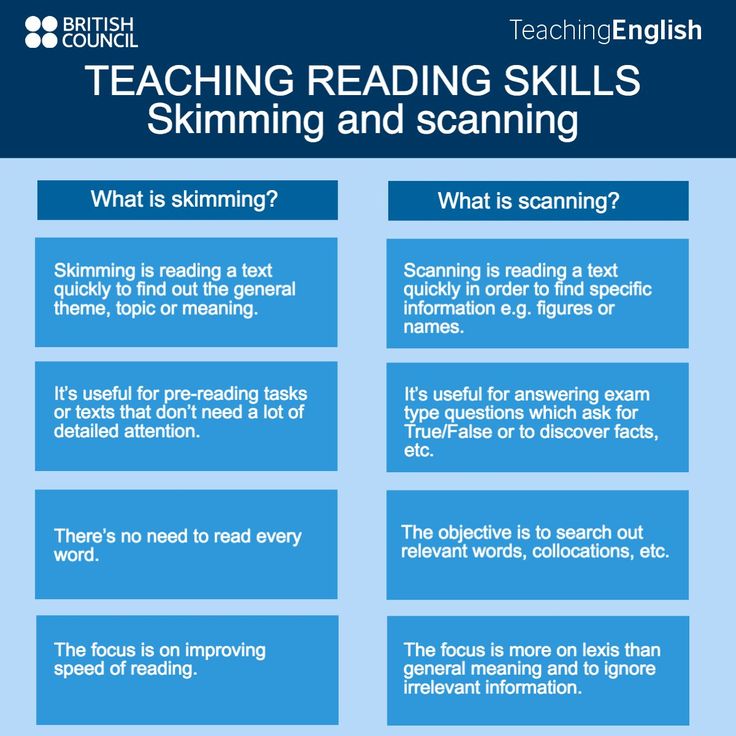
Intensive classes can unbalance the development of different types of thinking in a child: the emphasis will be placed on the logical, and the figurative will be “abandoned”. Yes, the child will become better at remembering, speaking, analyzing, thinking logically, but the development of the right hemisphere will be slowed down, and it is responsible for no less important dreams, emotions, understanding of music and color. The emotional development of the baby will be somewhat retarded, and at an older age this may respond with serious problems in the form of:
- lack of ability to empathize with others;
- difficulties with the correct understanding of their emotions;
- inability to identify one's strengths and weaknesses;
- difficulties with understanding one's own and social values;
- isolation and uncertainty.
It is known that many geeks are developed from early childhood, but most often, growing up, they do not have happiness and are poorly adapted to the realities of the world around them.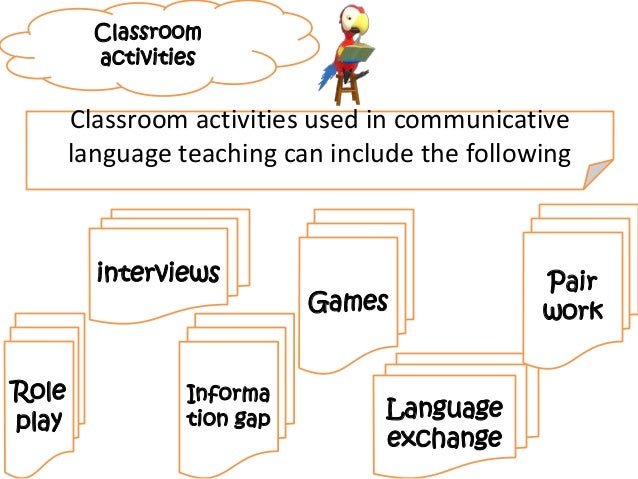 Therefore, it is more important to raise a socially adapted person from a child than to teach him to read too early. nine0005
Therefore, it is more important to raise a socially adapted person from a child than to teach him to read too early. nine0005
What the experts say
Psychologists, psychophysiologists and other experts recommend starting to teach a preschooler to read not earlier than he is 5 years old, but at the same time he must be ready to learn. They say about it:
A healthy five-year-old child usually has all of these skills. And at this age it is time to get acquainted with letters and sounds, then by the time of admission to grade 1, the child will master reading at a sufficient level.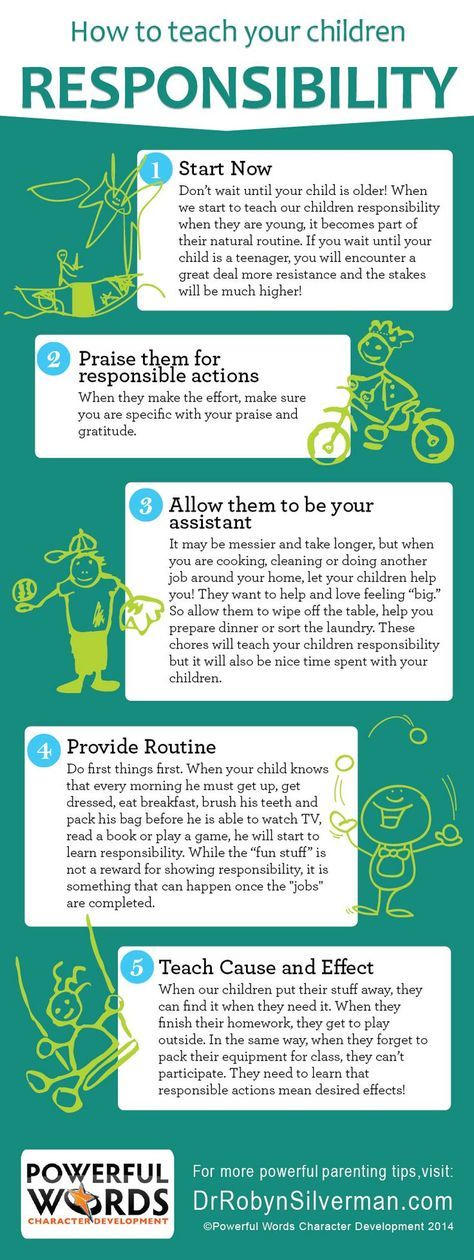
Is it possible to instill a love for reading
It is not enough to teach a child to read - he still needs to instill a love for this occupation. View your favorite books and read them, study the illustrations, get acquainted with the adventures of the characters. It is important that older family members show the child that reading is an amazing learning opportunity, and not a hateful duty. It will be useful if the child saw people with books in his close circle, then, imitating them, he himself will want to plunge into the world of literature. nine0005
The first reading lessons should be conducted in the format of a game: in this way the material will be absorbed by the child easier and better, the child will not have time to lose concentration during the lesson, and avoid stressful experiences.
Choosing a teaching method
Today there are many methods to teach a child to read, it is important to choose the one that suits your child.
Perhaps the most popular method is classes in the classical alphabet (the alphabet itself can be developed by any author).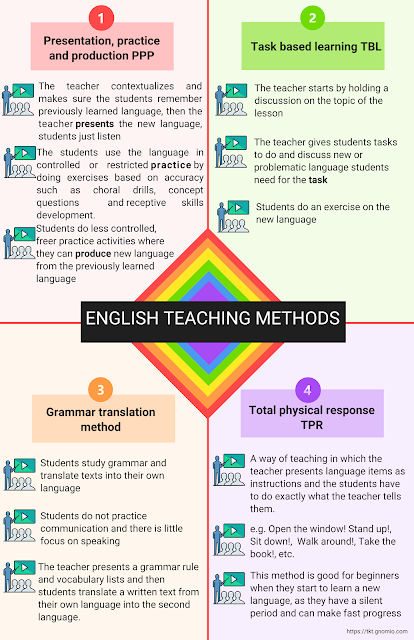 The kid quickly remembers the letter, as it will now be associated with a certain picture. Later, you can move on to another well-known book - the primer and study reading by syllables from it. nine0005
The kid quickly remembers the letter, as it will now be associated with a certain picture. Later, you can move on to another well-known book - the primer and study reading by syllables from it. nine0005
Many techniques are based on the use of cubes or tablets. They are convenient and interesting, but are often criticized by school teachers. It is believed that such training misses a very important component - basic familiarity with the alphabet.
The most famous of these methods are:
- Zaitsev's cubes - the emphasis is on making syllables from individual letters and words from syllables, understanding vowels, unvoiced and voiced, hard and soft consonants. nine0012 Chaplygin cubes - training not only allows you to compose syllables and words, but also develops fine motor skills, and this will have a beneficial effect on the overall development of the child;
- Glen Doman cards - learning is based on the use of visual memory: syllables and words are printed on cards, and the child remembers their spelling;
- "Skladushki" by Voskobovich - 21 cards with syllables, from which you can build houses with whole words.

The Montessori method is another well-known teaching option. Toddlers first master the letter, then move on to getting to know the letters, and then learn to read the syllables. nine0005
Are there any downsides to learning to read at home? In addition, at home, parents usually miss such an important part of the lesson as the sound analysis of the word, and the child may also have difficulty breaking down words into syllables. It is not easy to correct this mistake later, therefore it is better to immediately entrust a professional teacher to teach the child to read and write. It can be either a private tutor or a teacher of preparatory courses before the first grade - such classes are held today in literally every school. nine0005
A few important details
If you decide to teach your child to read at home, it is important to follow a few rules. All studies should be built on the principle “From simple to complex”, that is, you first need to learn letters and sounds, then you can start to compose them into syllables and only then move on to whole words.